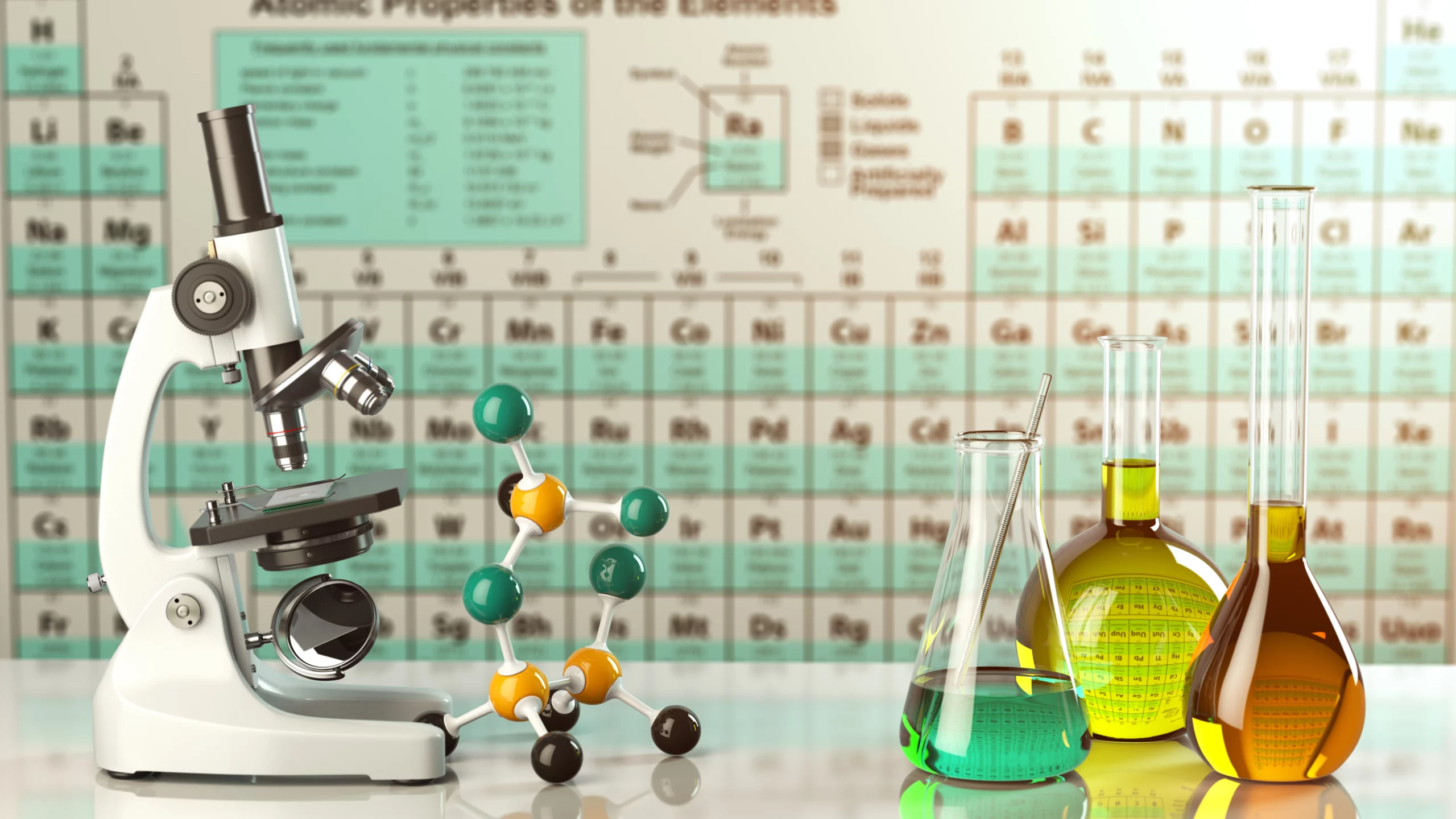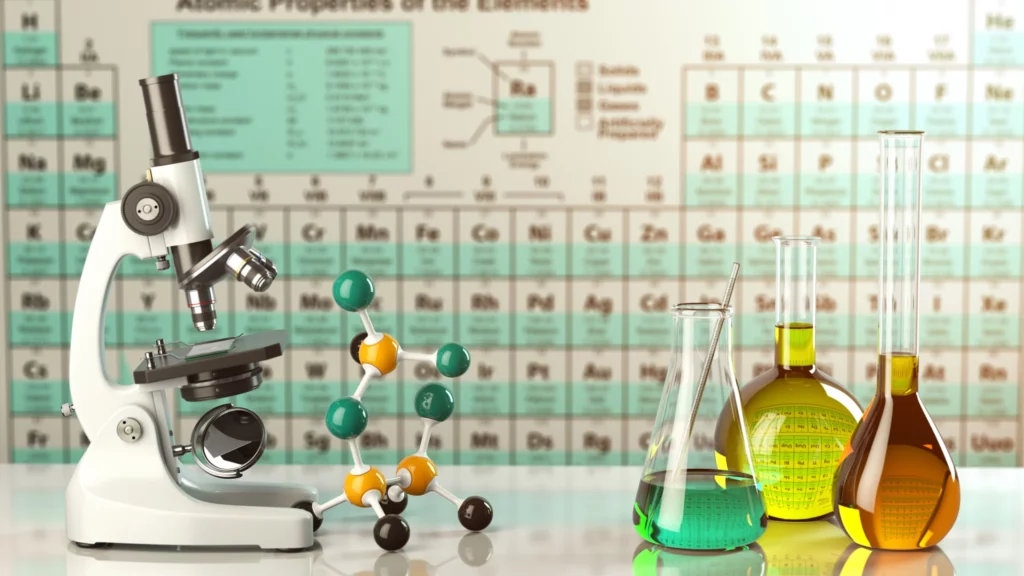
The History of Hydrogen
The role of hydrogen has changed throughout history. What does the research say about hydrogen?
In November 2020, there were officially 961 primary research reports, and 249 secondary and tertiary research reports on hydrogen’s health impacts. How did hydrogen make it to this point, and what do the reports say?
Hydrogen at the Beginning
The formation of the universe marked the beginning of hydrogen. Then, hydrogen quickly became the most abundant element in the universe. (1) Hydrogen is the lightest and simplest of all the elements, which certainly contributes to its status as the most abundant element. Hydrogen bonds very easily with other elements, and it is found in almost every living thing. Hydrogen is essential for life. (2) Hydrogen that is not bonded with another element is a very rare find on Earth. (3)
Hydrogen’s bondability, abundance, and size are very advantageous traits. Because of these traits, hydrogen can diffuse through membranes and enter organelles like the cell’s nucleus and mitochondria. This makes hydrogen more effective than other antioxidants — other antioxidants are not able to target organelles. (4)
The role of hydrogen has changed many times over the years. From its early beginnings, hydrogen was used as a combustible gas in the chemistry field. Then, it was used in balloons in the aeronautical field and later, it was considered for its potential applications in the medical field. (4)
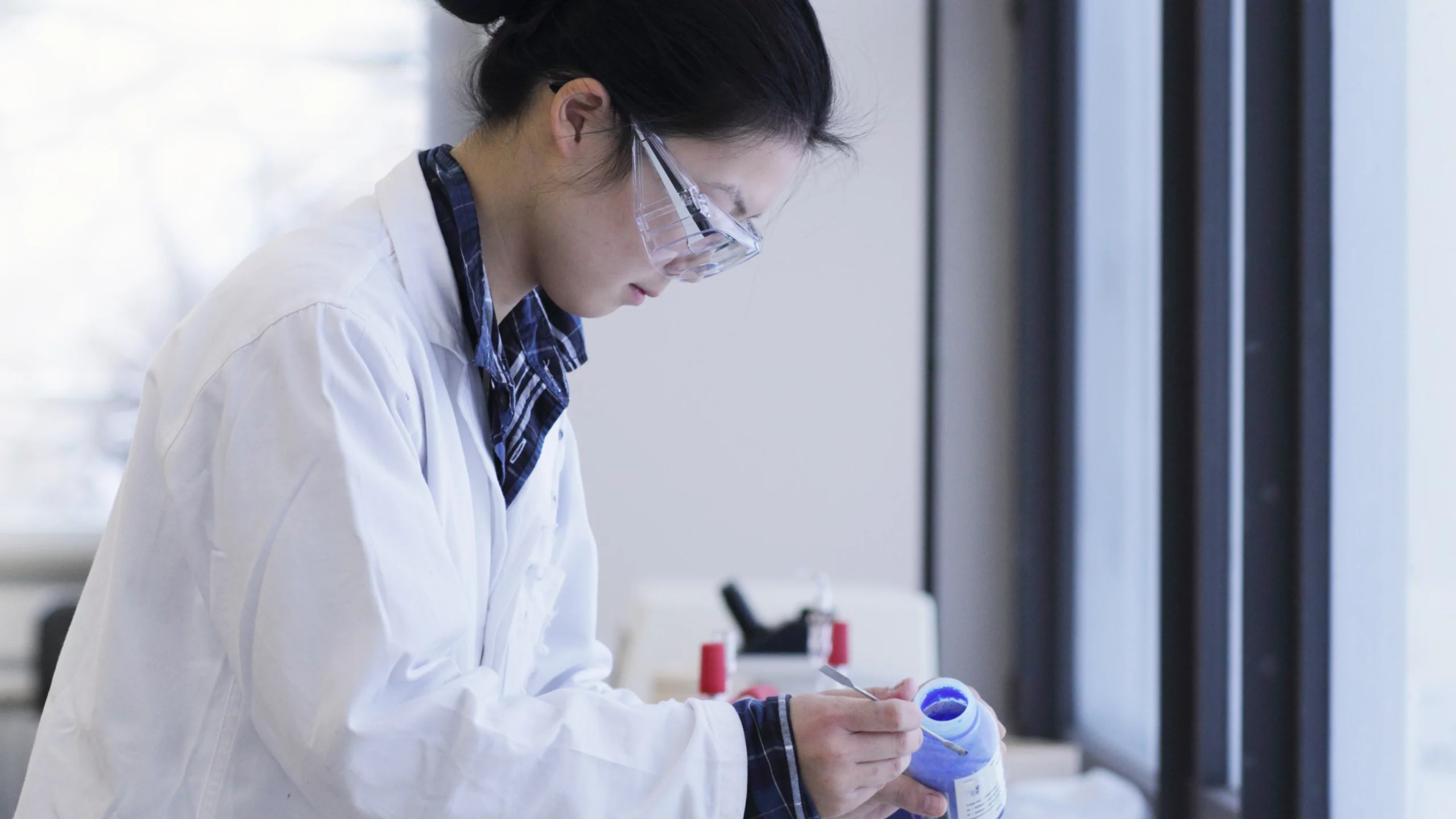
The Beginning of Scientific Research on Hydrogen
Dr. Nicholas Senn, an American surgeon and a founder of the Association of Military Surgeons of the United States, performed the first published study on the benefits of hydrogen in 1888. His study focused on hydrogen’s potential for wound healing. (5)
After that first study, other studies on hydrogen were rare until the pivotal point between 1994 and 1998 when the number of hydrogen studies began to increase steadily. A pivotal study in 2007 by Nature Medicine marked a dramatic boom in study numbers.
1994: The effect of hydrogen-enriched water on the psychophysiological reactions of deep water divers (6)
1995: Hydrogen-enriched water’s effect on reproduction (7)
1997: How hydrogen helps treat abdominal abscesses and inflammation (8)
1997: The effect of hydrogen on heart function (9)
1997: How hydrogen helps treat ulcers and skin defects (10)
1998: How hydrogen-enriched water protects your body against oxidative stress and therefore helps with gene expression (11)
1998 to 2020: There is a steady increase in hydrogen-enriched water studies
2007: Nature Medicine’s study shows that hydrogen acts as a therapeutic antioxidant that selectively reduces cytotoxic oxygen radicals (12)
Post 2007: Hydrogen studies boom after the 2007 publication in Nature Medicine
Reports by Country
The bar graph below shows how many reports have been published per country. China is leading the hydrogen study industry with its 606 published research articles. Japan is next with 341 studies. The United States is in fourth place with only 55 hydrogen studies. This shows how much we could learn about hydrogen from other countries. (13)
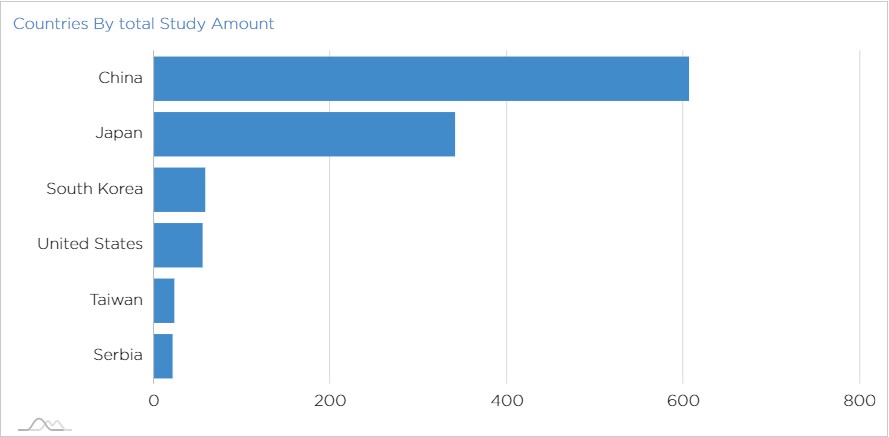
What Did the Reports Say?
95% of all hydrogen studies concluded with definite positive results. 4.4% had a neutral stance in their conclusions, and only 0.6% of the studies showed that hydrogen was not able to perform as expected. (14)
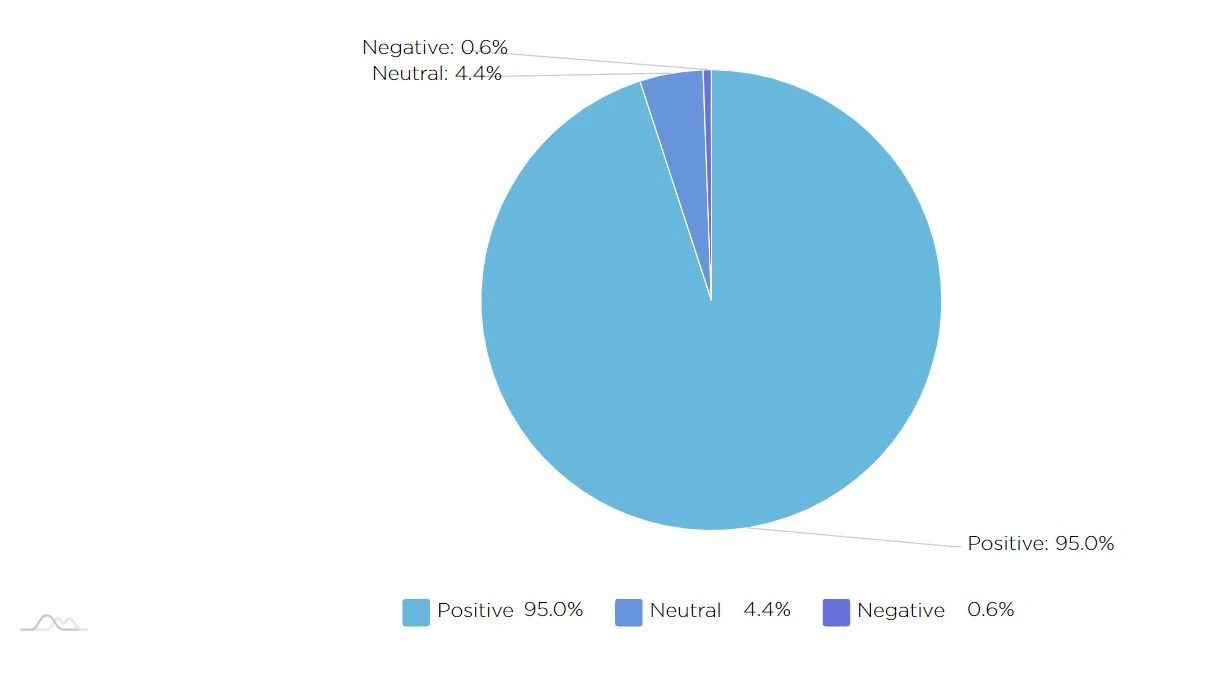
Who Were the Subjects of the Studies?
At 38.3%, rats were the most common study subjects across all of the hydrogen studies. Rats are exceptionally similar to humans anatomically, genetically, and physiologically, so they are typically the preferred species for scientific research. Mice were the second most common hydrogen study subject at 23.9%. Humans came in third at 18%, with cell culture close behind at 15.4%. (13)
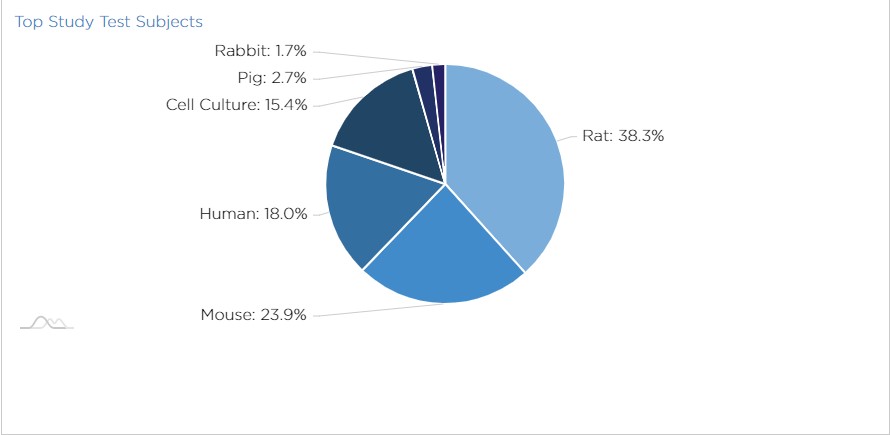
What Body Parts Did the Studies Focus on?
Of the 1,218 hydrogen studies found, 249 focused on the whole body and 205 focused on the brain. (14) For more details about what hydrogen studies focused on, visit www.hydrogenstudies.com.

The Takeaway
Hydrogen has an interesting history, from its discovery in 1520 to being named by the father of chemistry, Antoine Lavosier, in 1781. The discovery of hydrogen led to the development of the first balloon carrier. Then came the first publication about the different forms of hydrogen in 1843, the first study about its medical applications in 1888, the Hindenburg explosion of 1937, and the revolutionary Nature Medicine study in 2007 proving hydrogen’s benefit to human health. Across 134 years of scientific research and over 1,000 studies, it is impressive to see how beneficial hydrogen is to the human body.








